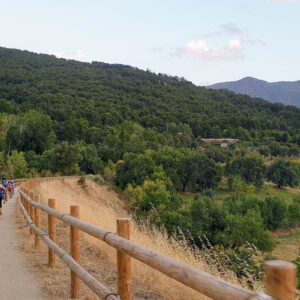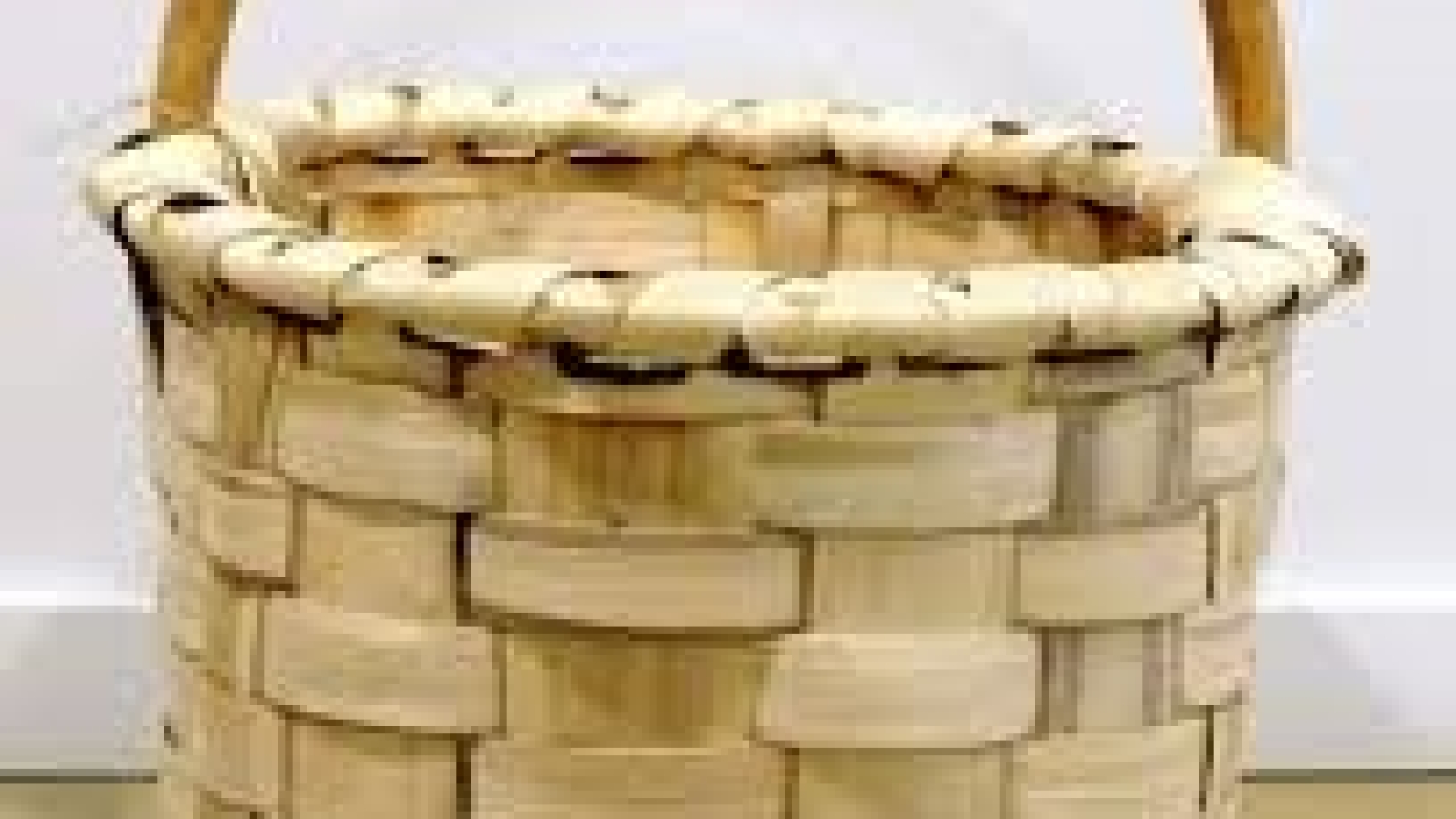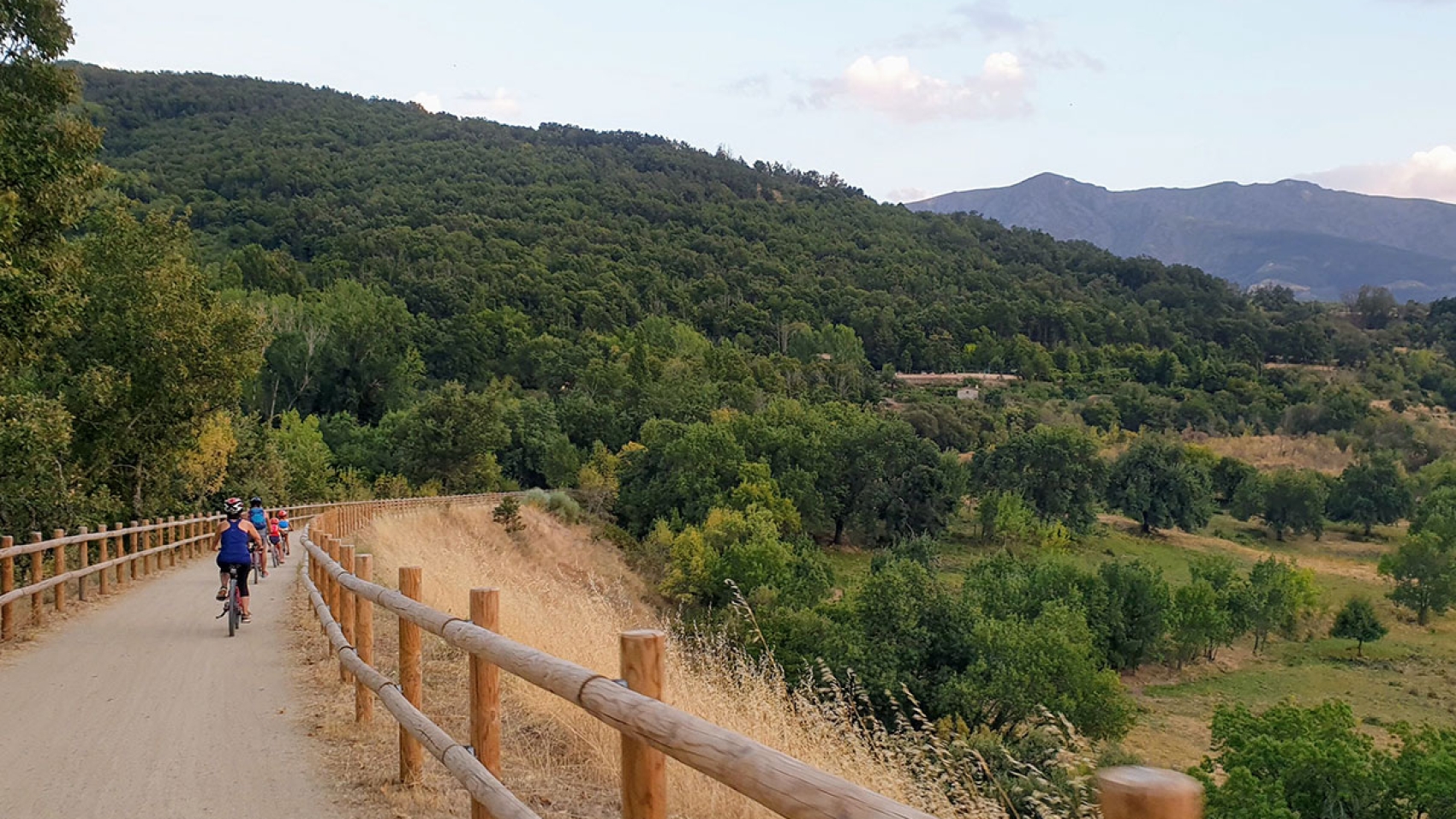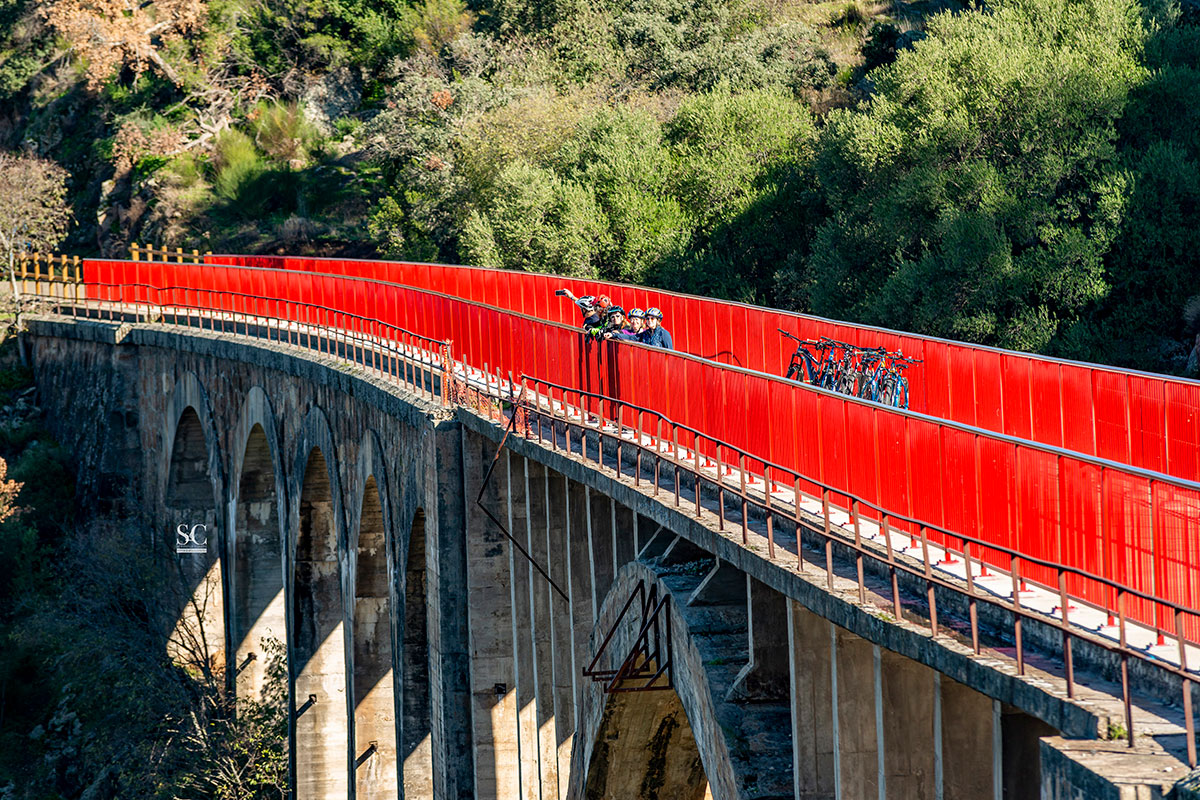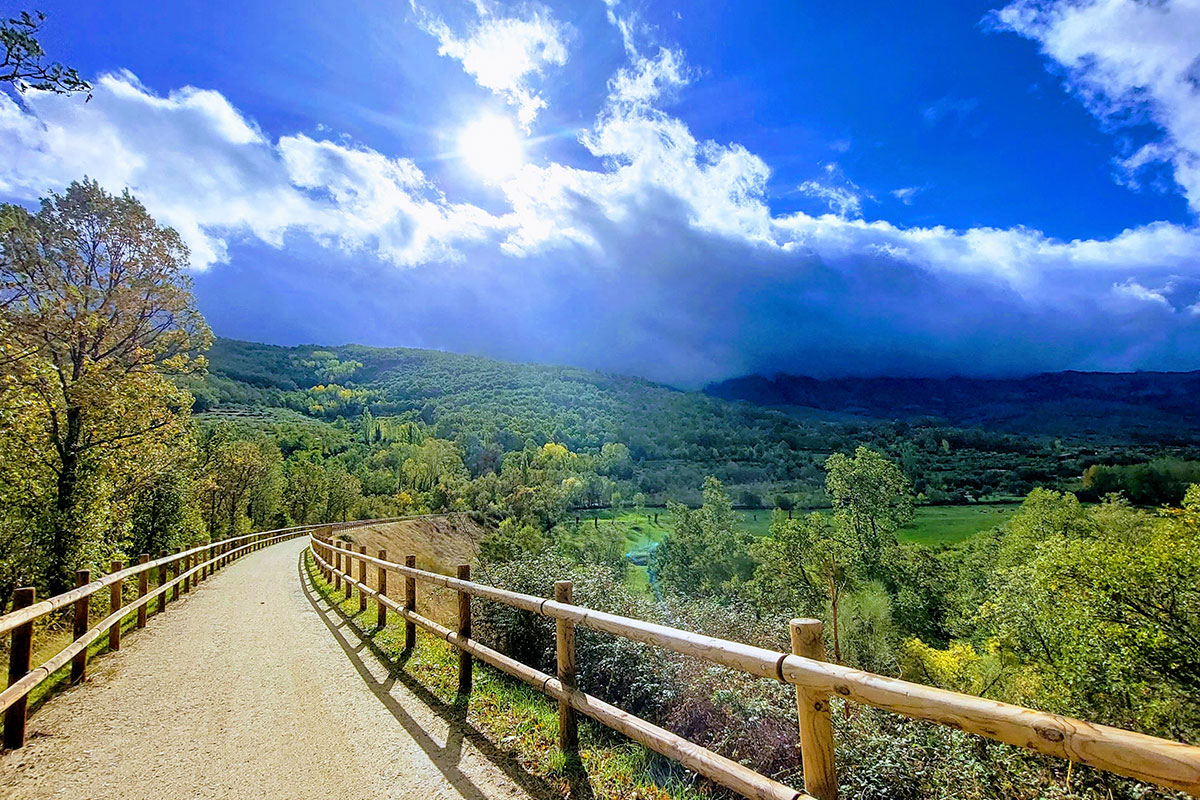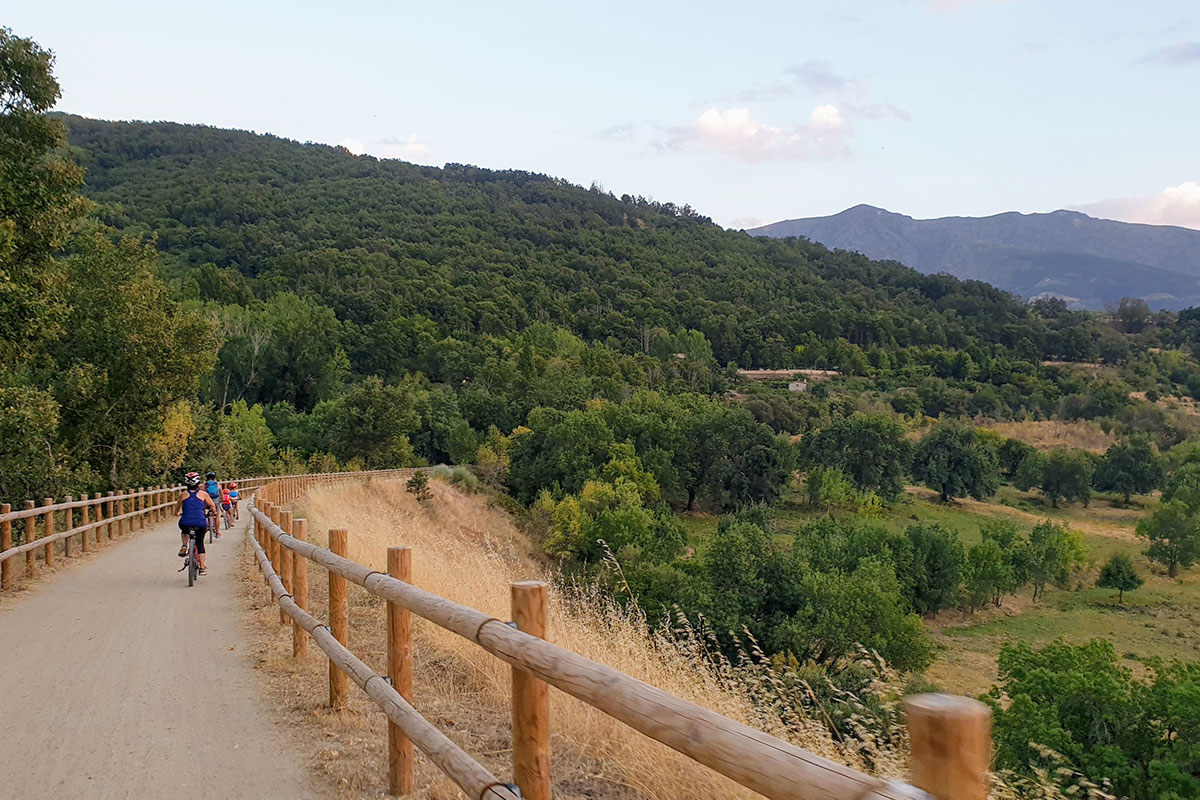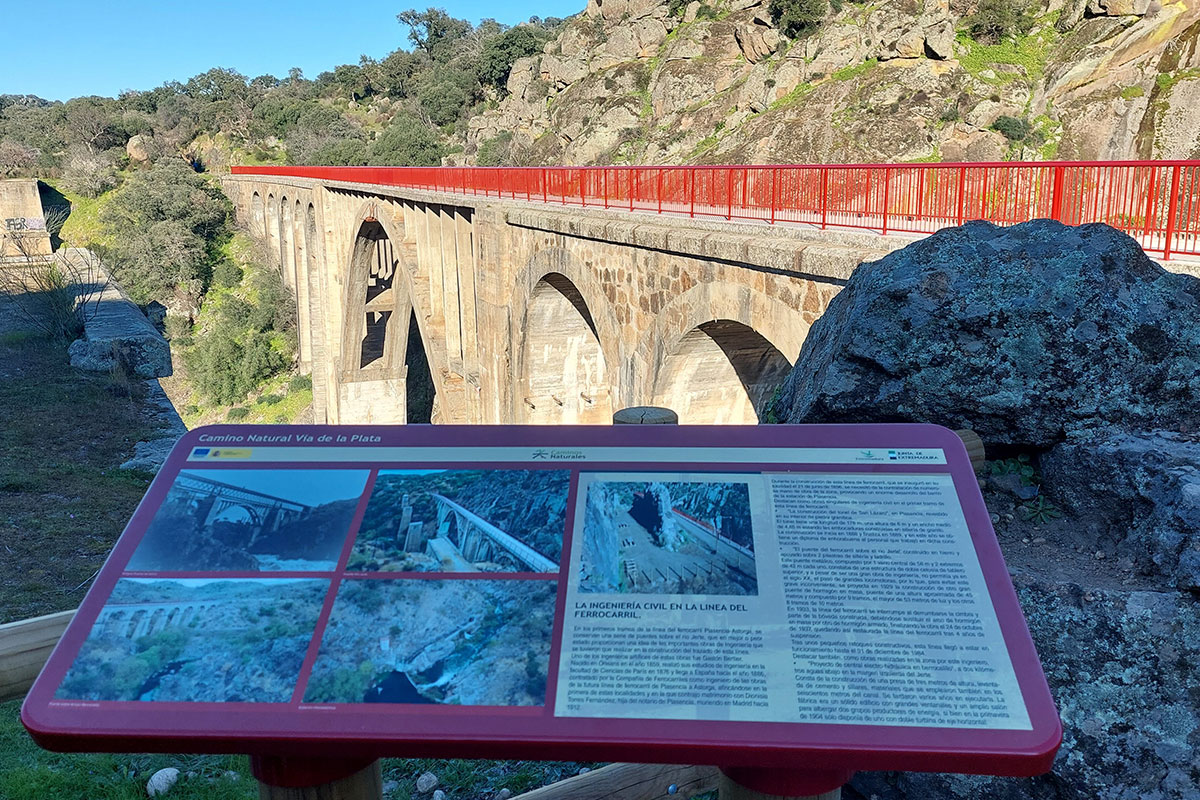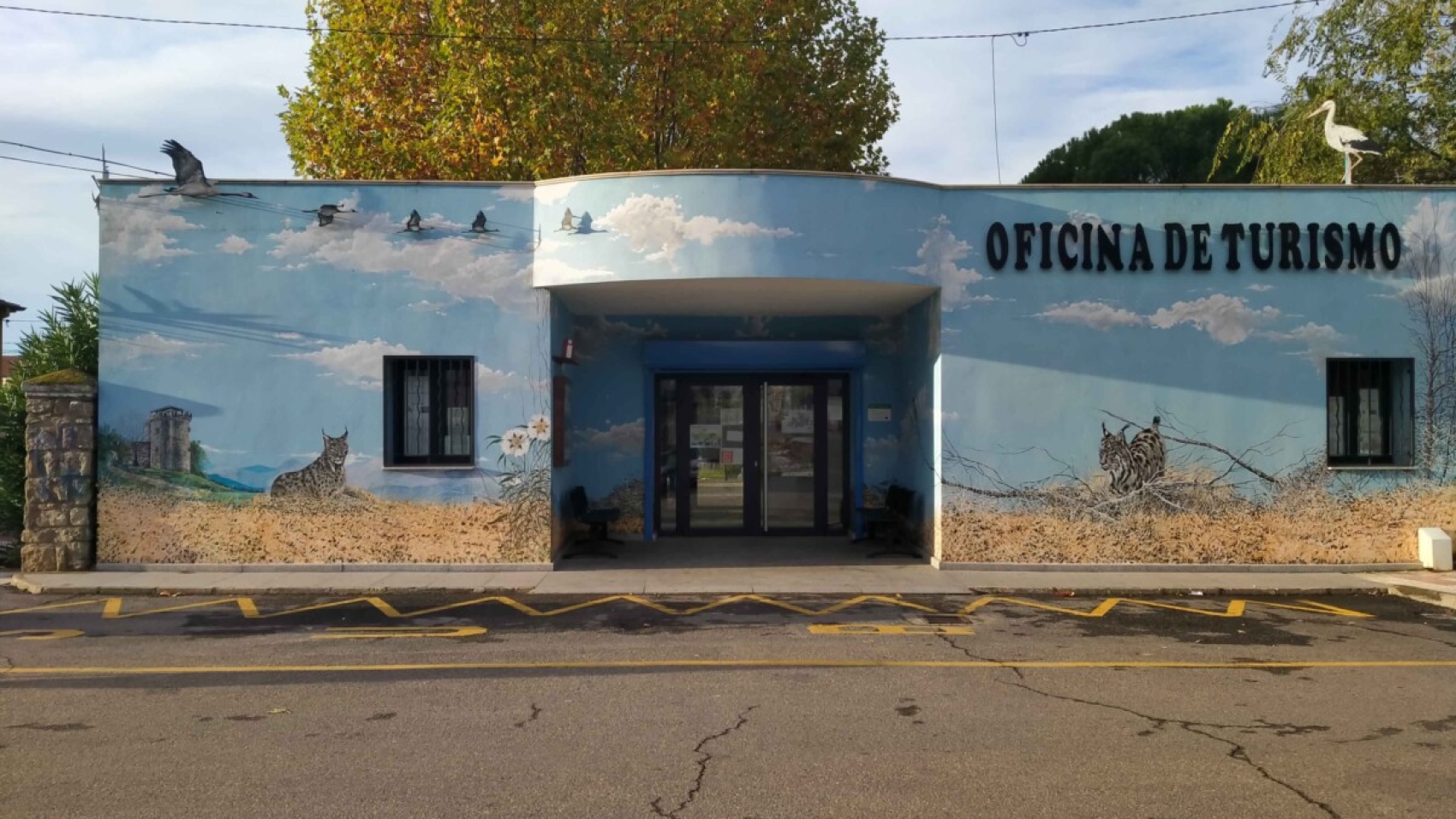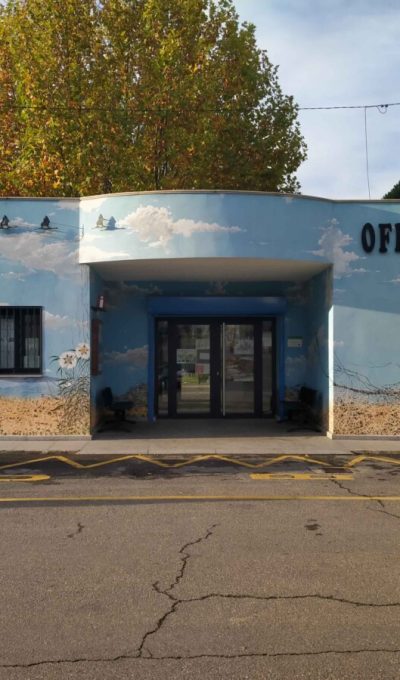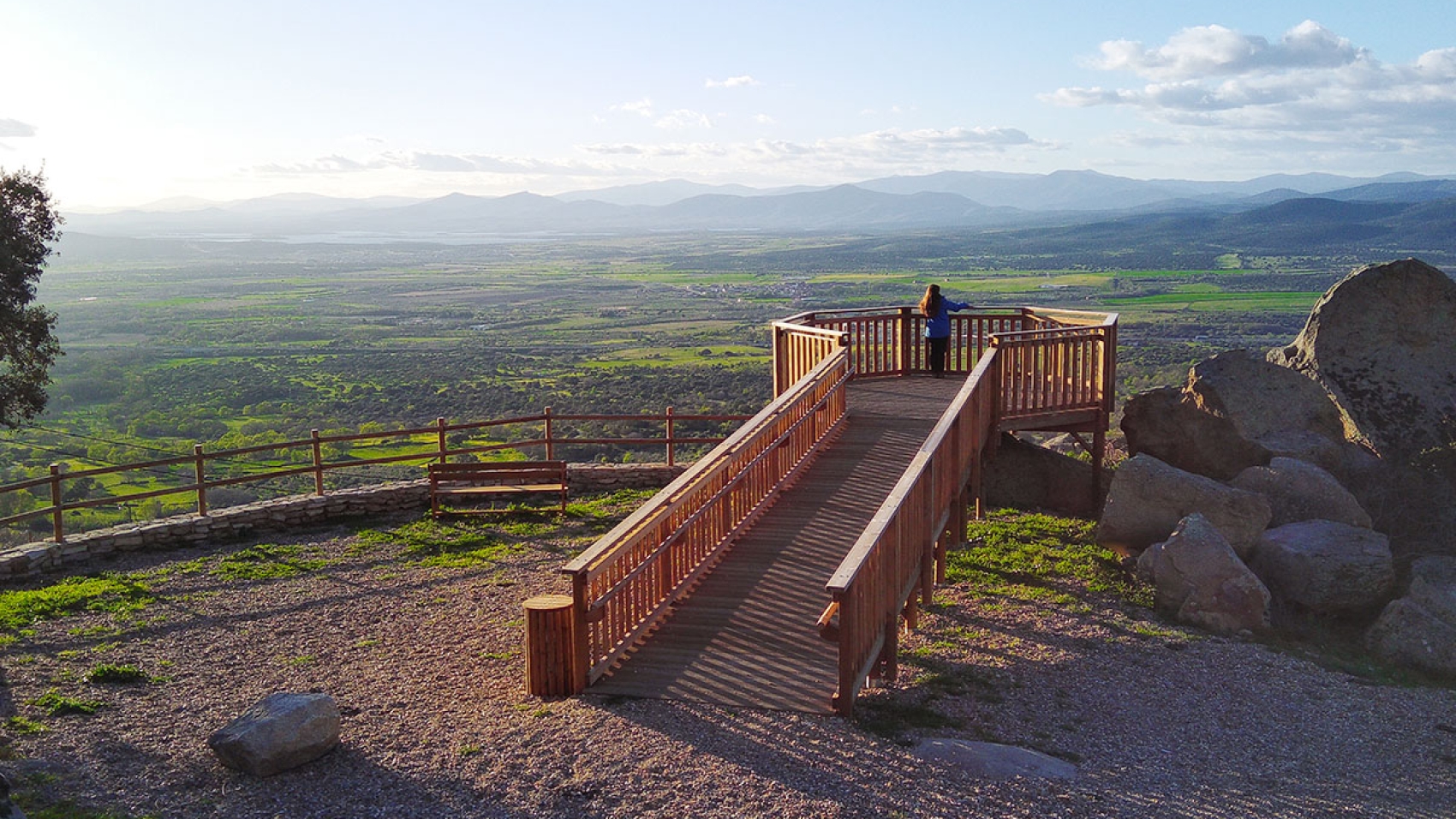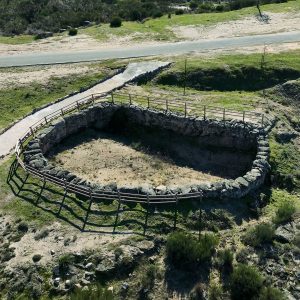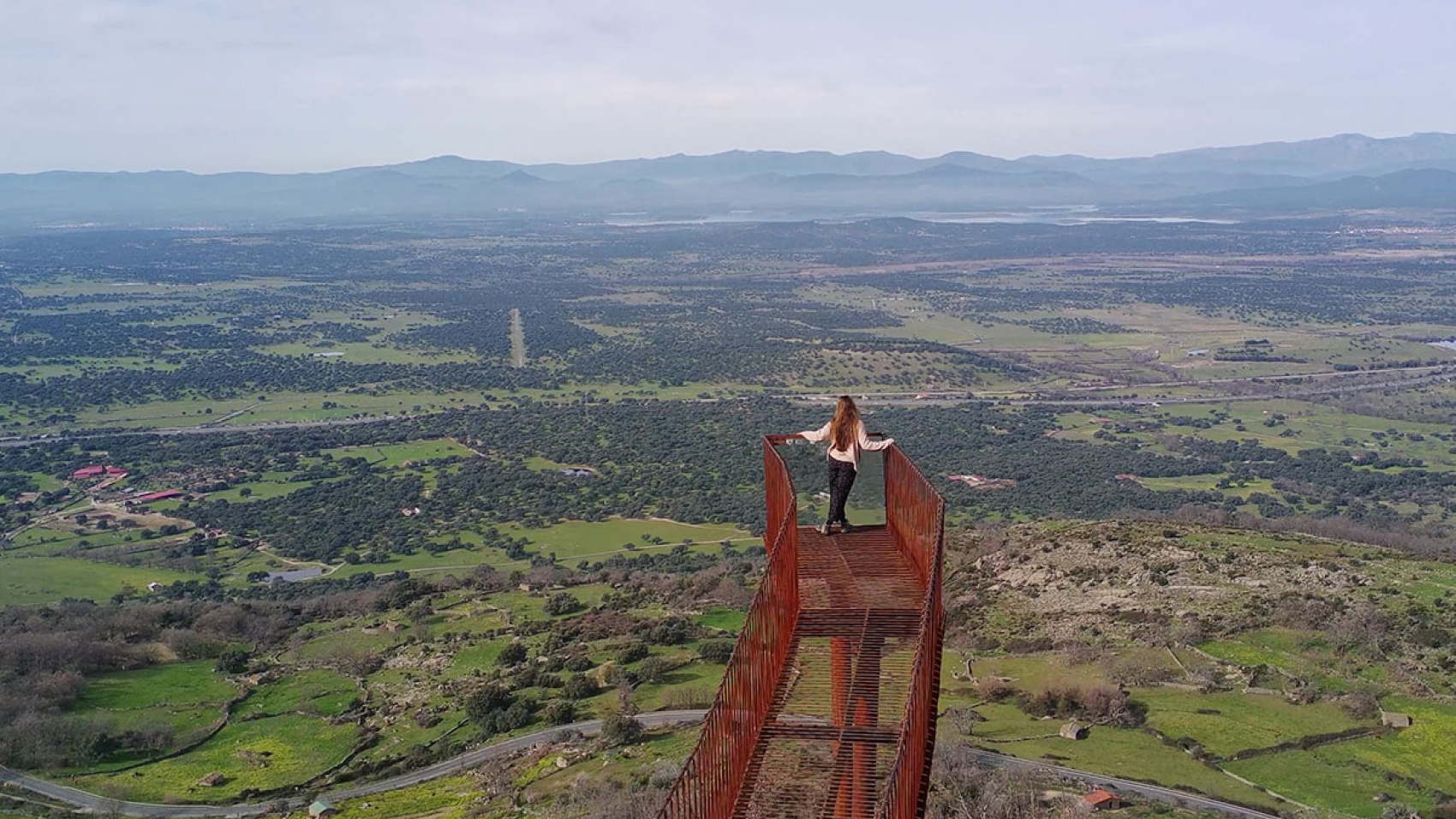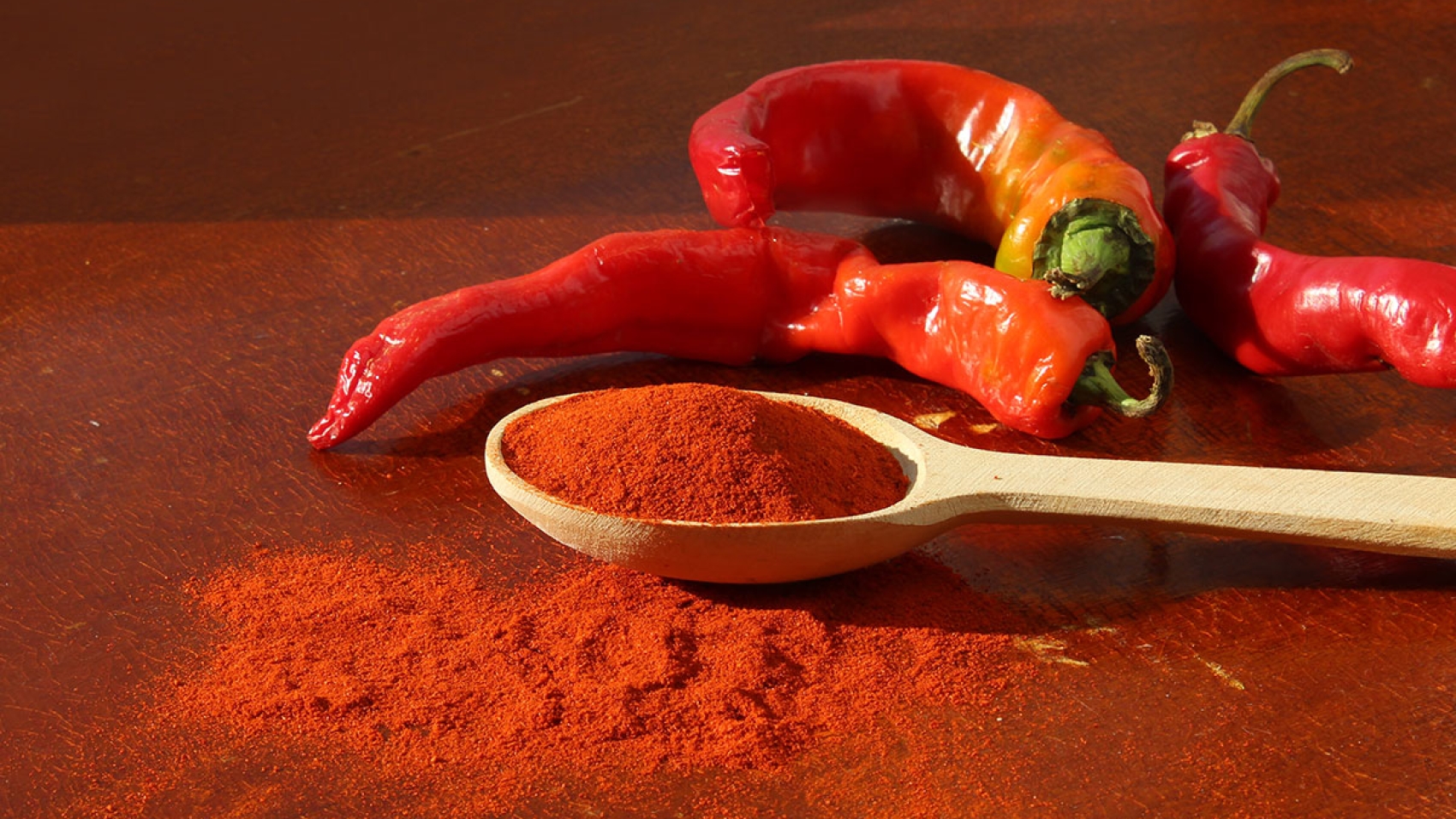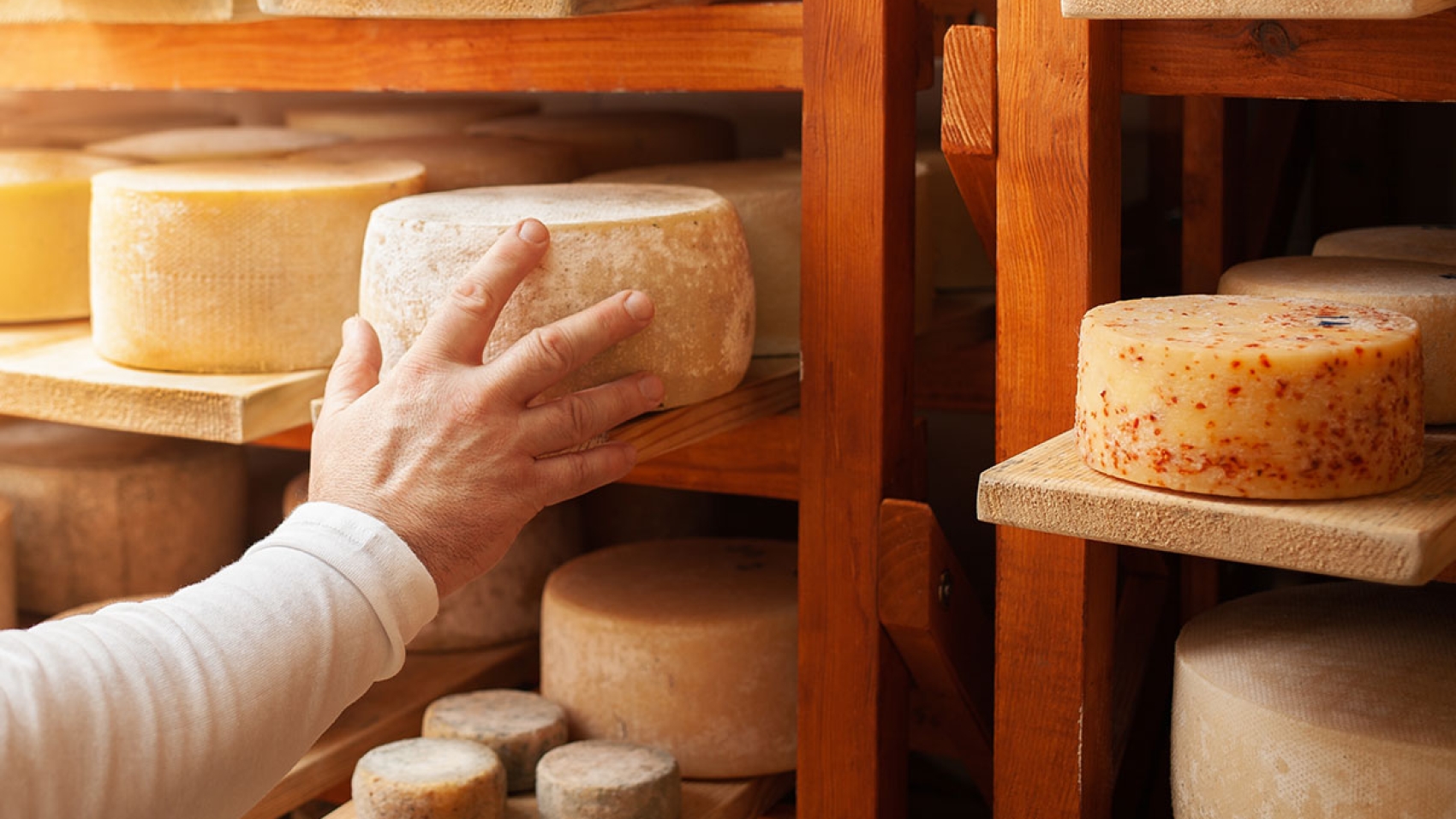Cestería de Castaño
Portada » Archivo de c2o » Página 2
El castaño es nuestra materia prima, aprovechamos su nobleza para dar forma a nuestras ideas conservando el monte intacto desde hace siglos. El monte de castaños ha sido y es fuente de vida para los pobladores de esta comarca, hecho que ha acrecentado la necesidad de protegerlo y cuidarlo por encima de todo. La madera de castaño utilizada para la cestería tiene que ser joven, palos de entre cuatro y ocho años. Al ser cortada joven, el monte se hace más fuerte y vigorosos ya que el brote es de más calidad lo que implica su rejuvenecimiento y por consiguiente su conservación.
El proceso de elaboración de la cestería de castaño, es complejo. Nosotros trabajamos con el castaño desde el monte, cuidamos los palos que nos van a servir posteriormente para realizar nuestro trabajo.
Proceso de elaboración:
El caldeado
Una vez el castaño en el taller es cocido en un horno o en una caldera, a eso lo llamaremos caldear. En el caso del horno, el castaño se cuece con su propia sabia. En el caso de la caldera es más facil ya que la madera es cocida con agua uniformemente. Con la tarea de caldear estamos consiguiendo dar elesticidad y flexibilidad a la madera hecho que nos permitirá trabajarla con éxito.
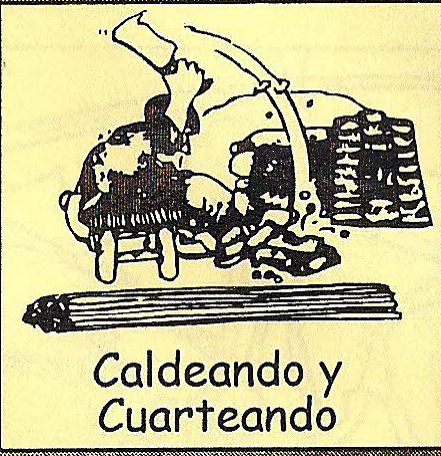
El hendido
El hendido es el rajado del palo de castaño. Para esta tarea además de destreza tenemos que tener fuerza, puesto que con la ayuda del cuchillo conseguimos ir rajando el palo de castaño por su propia hebra hasta conseguir la lámina adecuada para el trabajo que queremos realizar. A estas láminas las llamamos tejeduras y costillas. Las costilla serán las que sustentan la consistencia de la pieza y la tejeduras serán con las que se realiza el tejido.
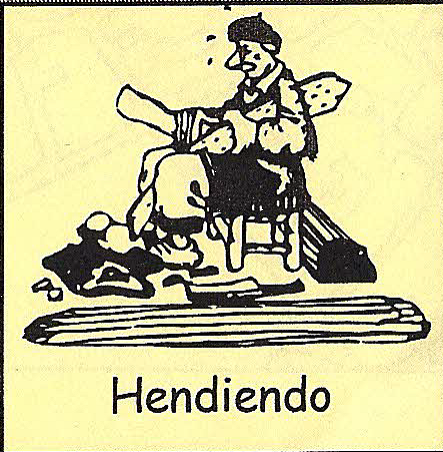
El labrado
Esta función consiste en quitar las rugosidades de la madera (costilla o tejedura), antiguamente se realizaba sobre un elemento o herramienta que la llamamos “burro”, ahora utilizamos una rudimentaria máquina para labrar.
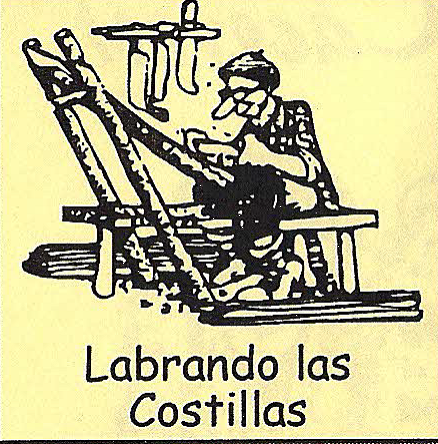
Fundando los hondones
Esta tarea consiste en crear la base de la obra o cesto. Se realiza con las costilla que se han preparado previamente. Las láminas que se utilizan para esta función, costilla, son fuertes para que la obra tenga resistencia.

Tejer el cesto
Estamos ante una de las tareas que nos van a proporcionar la forma de la obra que estamos realizando. Sobre las costilla anteriormente fundadas para realizar la base, comenzamos a tejer el cesto. Para esto se utilizan las tejeduras que previamente han sido preparadas, suelen ser más endebles ya que han de ser manejadas para dar la forma adecuada al cesto. Es importante tener presente que todo el material tiene que estar dócil y manejable, característica que solo podemos conseguir teniéndolo siempre humedecido.
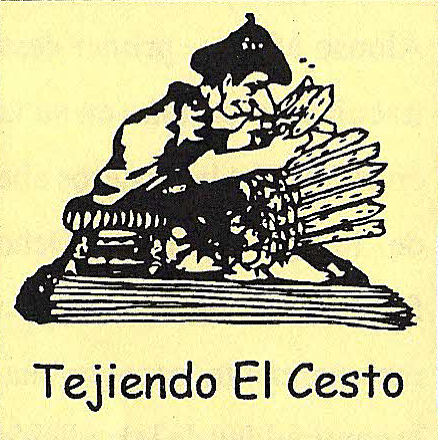
Rematar el cesto
Hemos llegado al final de la obra: el remate. Consiste en realizar el final del cesto o cesta. Para ello se pueden utilizar dos técnicas: a) Meter puntas, es decir, doblar las costillas alrededor de un aro que anteriormente hemos domado, o bien, b) el remate sujeto con clavos.
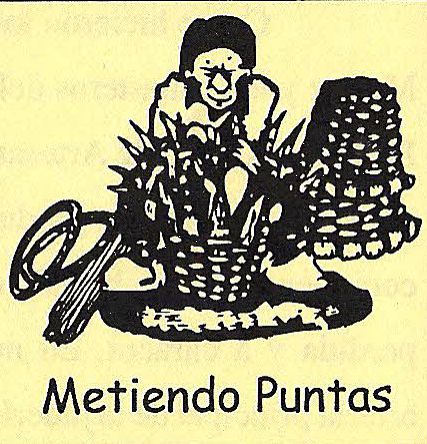
La obra
Aquí tenemos una de las obras más originales y tradición de las que hacemos, la cesta de recoger cerezas. Este artículo ha sido utilizado desde tiempos inmemoriales para la recolección de la cereza, fruta característica de esta comarca.

- Cestería Longinos - María José Gascón Rodríguez
- C/ Rabilero, 25 - 10700 Hervás (Cáceres)
- 670267302
Ver más entradas del Blog
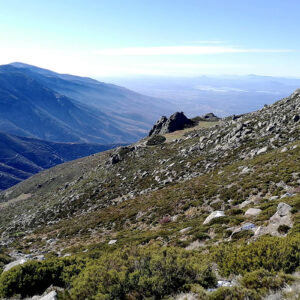
Escalada y senderos de alta montaña
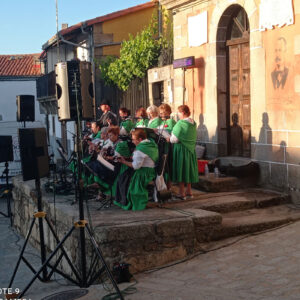
José María Gabriel y Galán (1870-1905)
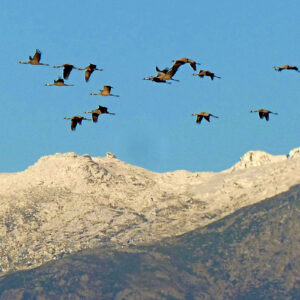
Valores ornitológicos de la comarca de Ambroz Cáparra
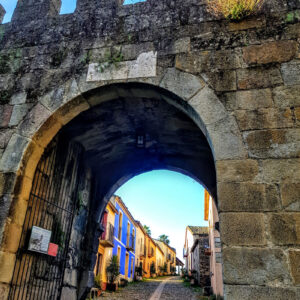
Breve historia de Granadilla

Cestería de Castaño
